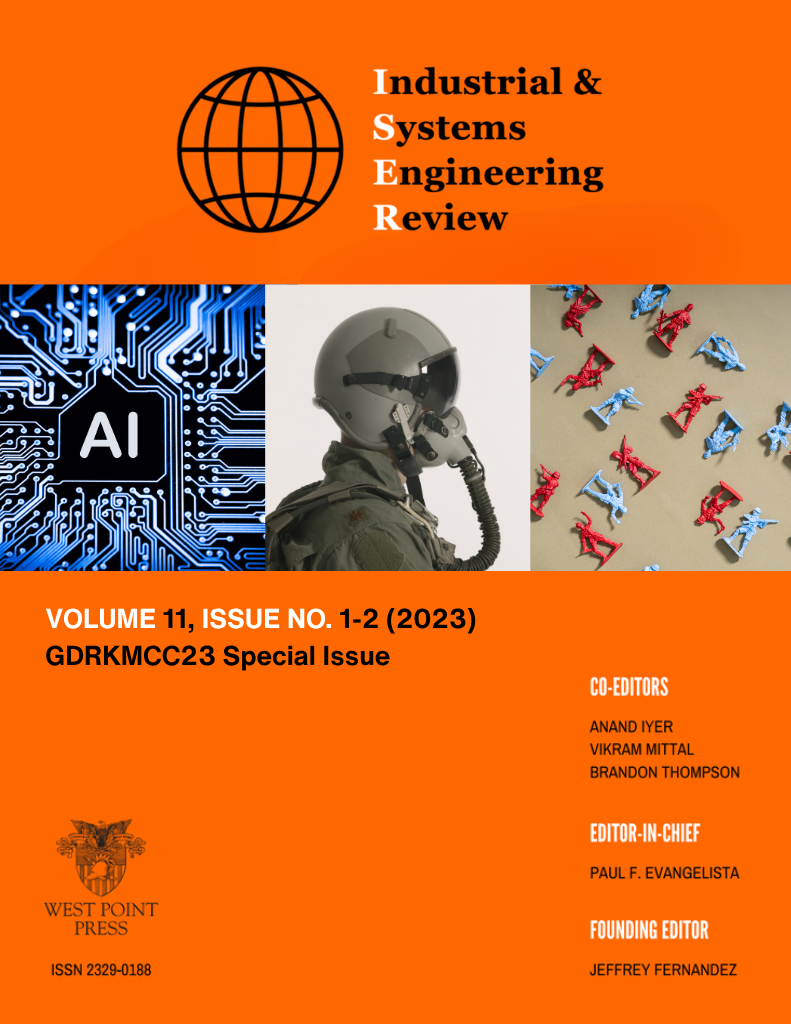Optimizing Undergraduate Pilot Training 2.5 at Vance Air Force Base
Main Article Content
Research
Pilot Training, Simulation, Process Improvement
Abstract
With a continued increase in demand for qualified pilots, in an environment of continual budget constraints, the Air Education Training Command has been searching for ways to streamline Undergraduate Pilot Training (UPT). Leadership has recently implemented UPT 2.5 to train pilots more effectively. However, the 8th and 33rd Flight Training Squadrons at Vance Air Force Base have had issues efficiently cycling students through. Although UPT 2.5 specifies that it takes no more than 90 days for students to complete the post-preflight portion of the syllabus, it currently takes 126 days on average. We developed a discrete event simulation model of pilot training to identify bottlenecks in the current system, find an optimal class size given current resources, and optimize resources to graduate 32 students per class, the number required by AETC. The results will inform recommendations to increase efficiency within UPT and reduce the pilot shortage.








